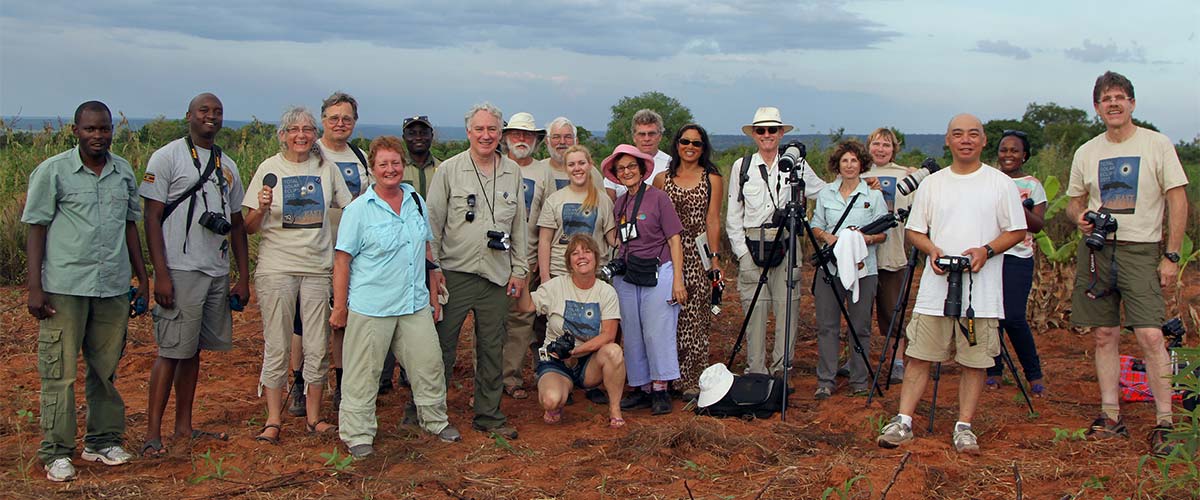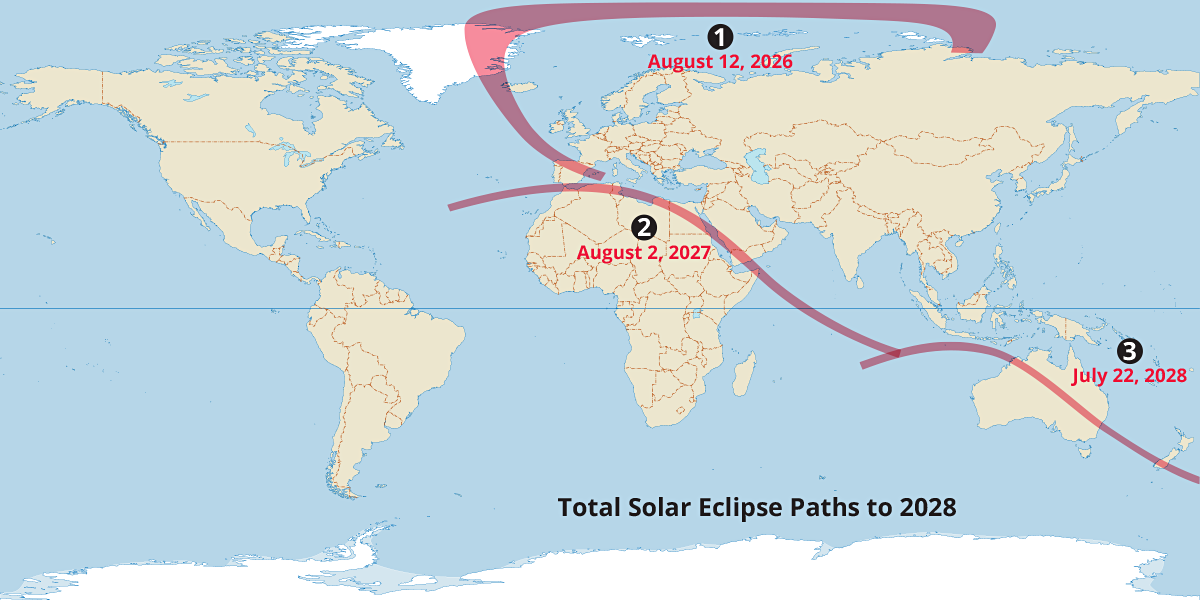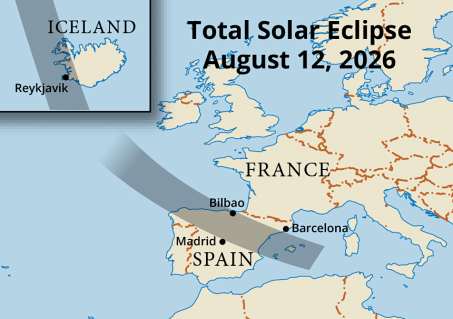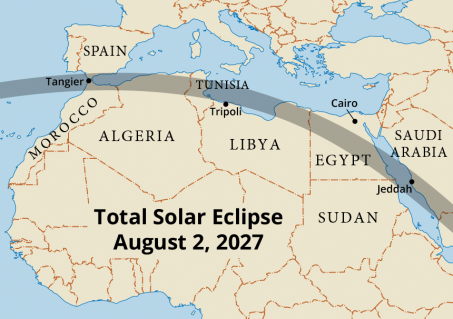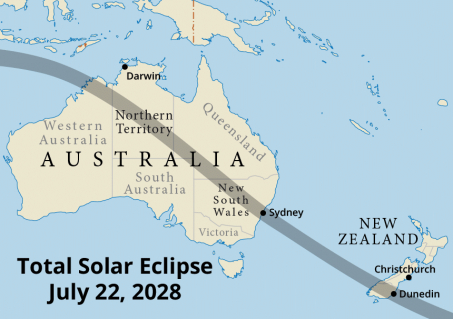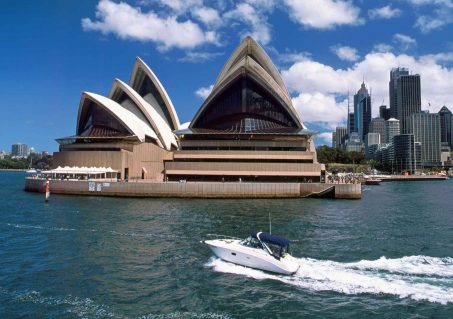A total eclipse of the Sun is an addictive sight. Once you’ve witnessed one, it’s hard not to want to see another. Since its founding in 1996, TravelQuest has created and fulfilled a wide variety of travel packages that provide our clients with numerous opportunities to stand in the shadow of the Moon. This is our craft: designing and executing travel packages to the next total eclipse.
Totality is beautiful—a breathtaking spectacle that often moves first-time observers to tears. It is fleeting. The longest possible totality is 7 minutes and 32 seconds, but the average length is more like 2 to 3 minutes. It’s rare. A total solar eclipse occurs, on average, only once every 18 months.This means you’ll have to wait, so check out this video to get a sense of the spectacle. And when totality does strike, it’s unlikely to occur in your neighborhood. Totality is visible from any one particular spot on Earth approximately every 375 years, so the odds are good you’ll have to travel to see it. So where and when is the next solar eclipse?
Shown below is a list of upcoming solar eclipses, including maps of future eclipse paths up to and including the year 2028. Think of it as your total solar eclipse schedule or solar eclipse calendar. It shows you the ‘when and where’ of solar eclipses in the future. TravelQuest will be at each one; won’t you join us?


